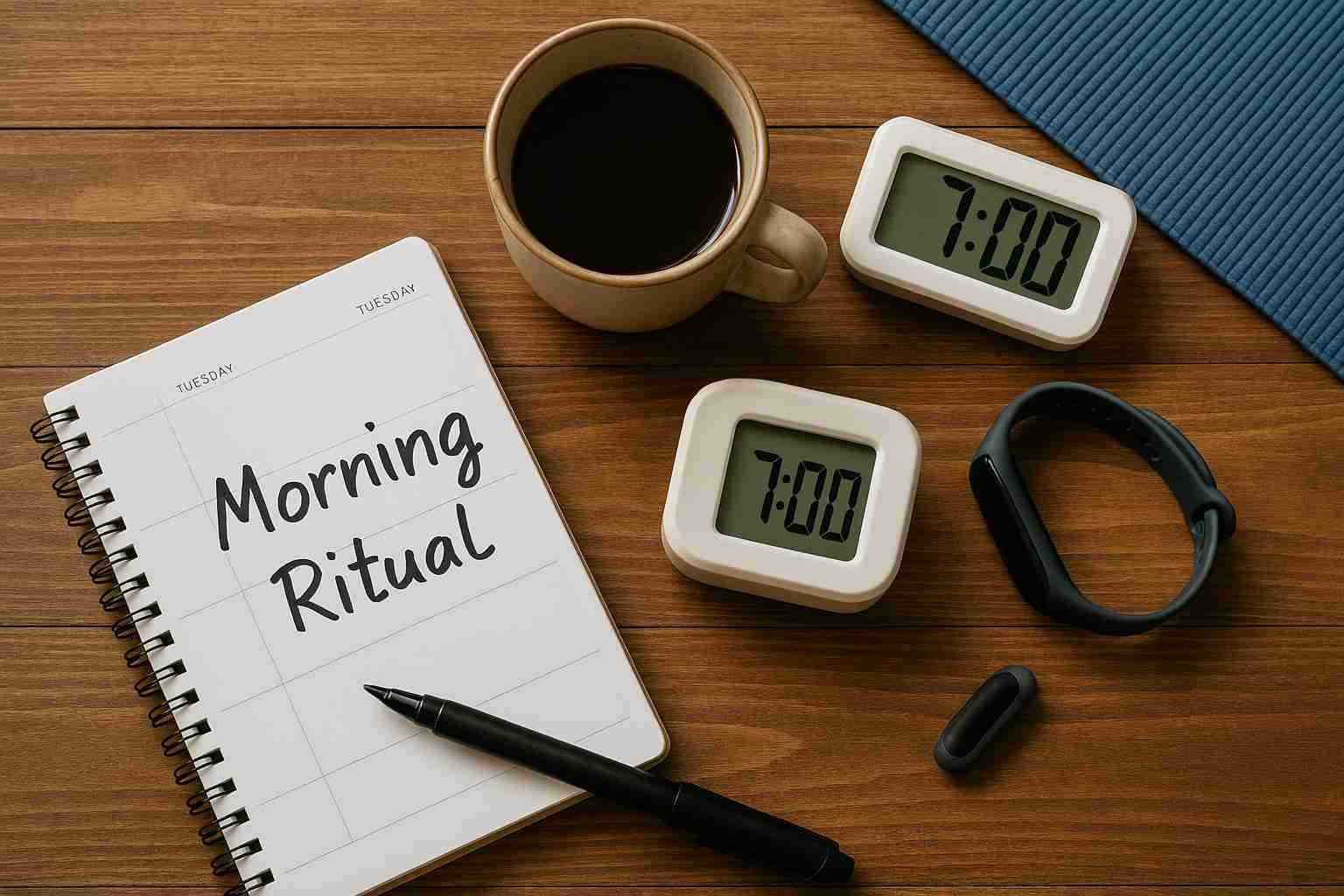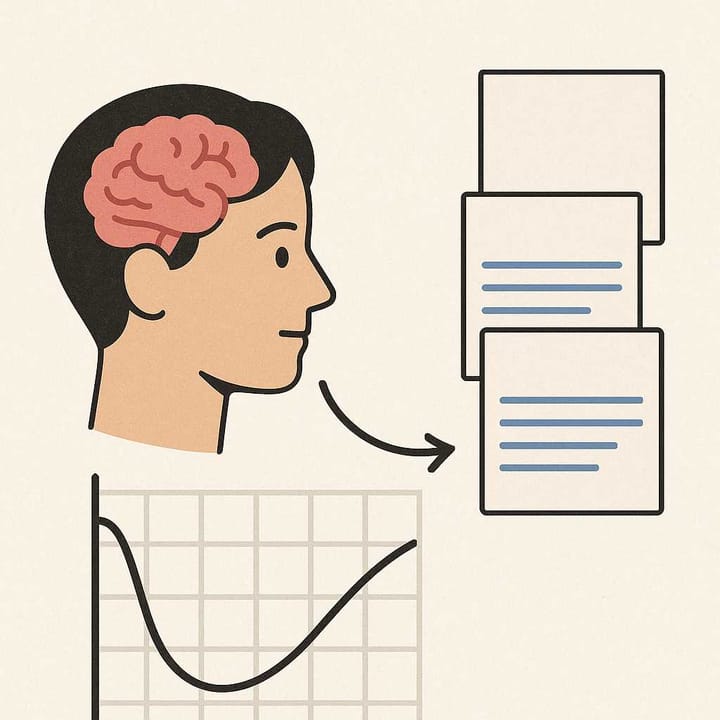Mastering the Art of Daily Scheduling: A Guide for ACA Students
As an ACA student, balancing your day job with your studies can be a daunting task. However, by crafting an effective daily routine, you can optimise your energy and stay sharp and prepared for the challenges ahead.

The Power of Routine
One of the most powerful tools in your arsenal is the 'morning ritual'. Successful individuals often swear by the power of routine, and starting your day consistently can have a significant impact on your mental health and productivity.
Consider waking up at the same time every day, followed by a set of activities that prepare you mentally and physically for the day ahead. This could be a short stretching session, basic exercises such as push-ups or sit-ups, a brisk walk, or even a period of meditation. The important thing is that it's consistent and helps you get into the right headspace.
Prioritising Tasks and Time Management
Once you've established your morning routine, the next step is to prioritise your tasks effectively. A good rule of thumb is to tackle the most challenging subjects or revisions during your peak performance times. For many, this is usually in the morning when the mind is clearer. However, it's crucial to be realistic about what you can achieve in a day. Overloading yourself can lead to stress and burnout, which is counterproductive to your goals.
Integrating technology can be a game-changer when it comes to streamlining your routine. Apps like Google Calendar or Trello can be invaluable for scheduling and tracking your tasks. Set specific times for studying different topics and use alerts to remind you of your next activity.
This approach, known as time-blocking, is favoured by many successful entrepreneurs. By deciding on a regular timetable in advance, you can devote all your time and energy to actually studying, rather than worrying about what to study next. This is particularly beneficial when dealing with the vast amount of ACA content, as it prevents you from becoming overwhelmed by the choices of what to study.
The Importance of Breaks and Downtime
While it's essential to have a structured study schedule, it's equally important to incorporate regular breaks and downtime into your routine. If you're studying for long hours, taking regular breaks is crucial to prevent mental fatigue and maintain a high level of concentration. The Pomodoro Technique, which involves studying intensely for 25 minutes followed by a 5-minute break, can be particularly effective.
During these short breaks, it's best to avoid looking at your phone or other screens. Instead, do something completely unrelated to work or study to give your brain a rest. A quick walk, some stretching exercises, or even simply staring out of the window can help rejuvenate your mind.
In addition to these short breaks, it's crucial to schedule longer periods of downtime each day. This is your time to unwind and not think about studies or work. Engage in activities that you enjoy and find relaxing, whether it's reading a novel, playing a video game, or catching up with friends.
Consider getting out of the house or at least some decent physical distance from your study area. This downtime is vital for mental health and helps prevent feelings of resentment or burnout towards your study schedule.
While it's important not to feel guilty about taking this downtime, it's also wise to avoid starting lengthy commitments like an 8-series box set. Save such indulgences as a reward for after your exams!
Leveraging Technology for Schedule Management
In today's digital age, leveraging technology can significantly enhance your time management skills. Digital calendars, like Google Calendar, are useful for blocking out periods for each activity, be it classes, study sessions, or breaks. These tools often have options to set reminders and can be accessed from multiple devices, ensuring you're always aware of your schedule no matter where you are.
Project management tools such as Asana or Trello can also be adapted for personal use. They allow you to create tasks, set deadlines, and monitor your progress. This visual representation of your tasks can help keep you motivated and on track.
Moreover, consider apps designed specifically for focus and productivity. Forest, for example, discourages you from using your phone by growing a virtual tree which grows as long as you do not use your device. This can be particularly useful during study sessions or times when you need to focus without distractions.
Incorporating these tools into your daily routine takes little effort but can yield significant returns in terms of productivity and stress reduction. Experiment with different tools and techniques to find what best suits your personal style and needs.
Remember, mastering your daily schedule isn't just about rigorously planning every minute or using the latest apps. It's about creating a balanced routine that aligns with your goals, keeps you motivated, and provides ample time for rest and recovery. By doing so, you'll not only excel in your studies but also enjoy the journey without unnecessary stress.




Comments ()